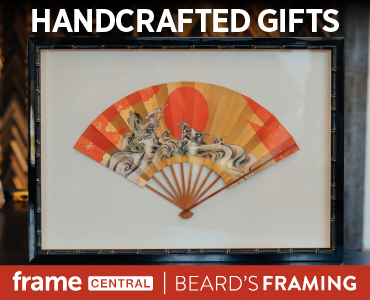Ben Carpenter
Imagine crafting a piece of art without being able to really see what you’re creating, only having the vision in your mind to go on. That’s exactly what Portland woodworker Ben Carpenter does when he carves his vessels and sculptures. “After I’ve turned the basic vessel shape on the lathe and hollowed it out, I sit down in a chair with my hand-held power carver and start carving away at it,” says the 23-year-old. “But during the whole process it looks really rough and you can’t see the grain until you put the finish on, so you have to be confident that it will turn out the way you want it to.”



